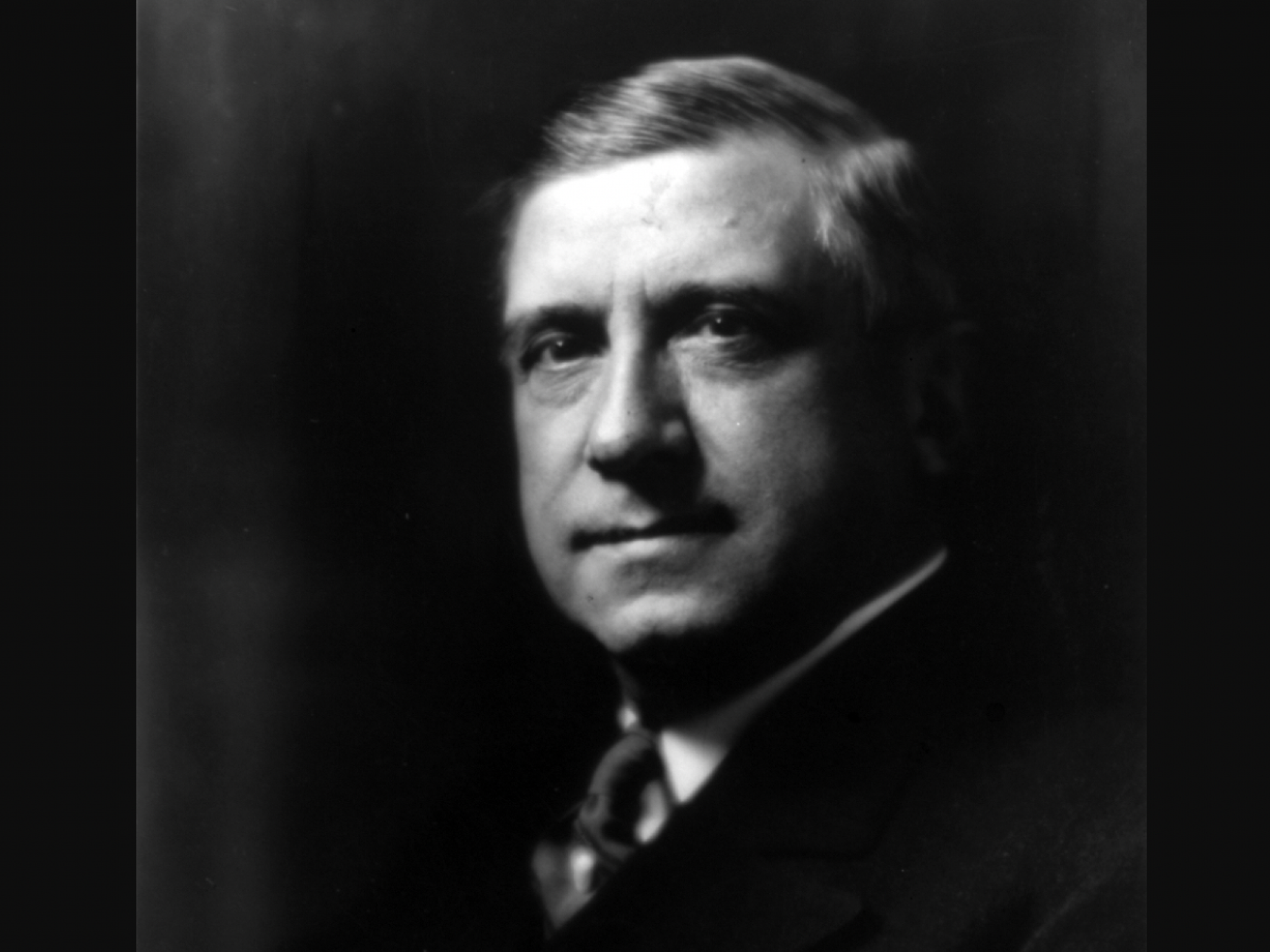
Each day, Benzinga takes a look back at a notable market-related moment that occurred on this date.
What Happened? On this day in 1862, Charles M. Schwab was born in Williamsburg, Pennsylvania.
Where The Market Was: Schwab's birth predates both the S&P 500 and the Dow Jones Industrial Average.
What Else Was Going On In The World? In 1862, the First Legal Tender Act of 1862 authorized printing of the United States Note, the first fiat paper money in the U.S. More than 23,000 Americans died in the Battle of Shiloh, a Civil War victory for the Union. A Pennsylvania coal miner earned $1.16 per day.
American Business Magnate: Charles M. Schwab entered the steel business in 1890 at the age of 28 when he became general superintendent of the Edgar Thomson Steel Works. In 1897, at the age of 35, Schwab became the president of the Carnegie Steel Company. In 1901, Schwab would serve as the first president of the newly-formed United States Steel Corporation (NYSE:X).
In 1903, Schwab left U.S. Steel to take over the Bethlehem Shipbuilding and Steel Company in Bethlehem, Pennsylvania, the company for which Schwab would be best known.
While at Bethlehem, Schwab's idea for the steel "H" beam would revolutionize the skyscraper construction industry. During World War I, Bethlehem had a virtual monopoly in supplying Allied forces with certain munitions. At its peak, Bethlehem was the second-largest steel company in the world.
Schwab would eventually amass a fortune worth more than $1 billion on an inflation-adjusted basis. Unfortunately, he was also an avid gambler, partier and womanizer, and he ultimately died in debt in 1939.
Bethlehem Steel filed for bankruptcy in 2001, and its assets were acquired by ArcelorMittal SA (NYSE:MT). Charles M. Schwab is no relation to Charles R. Schwab, founder of Charles Schwab Corporation (NYSE:SCHW).







